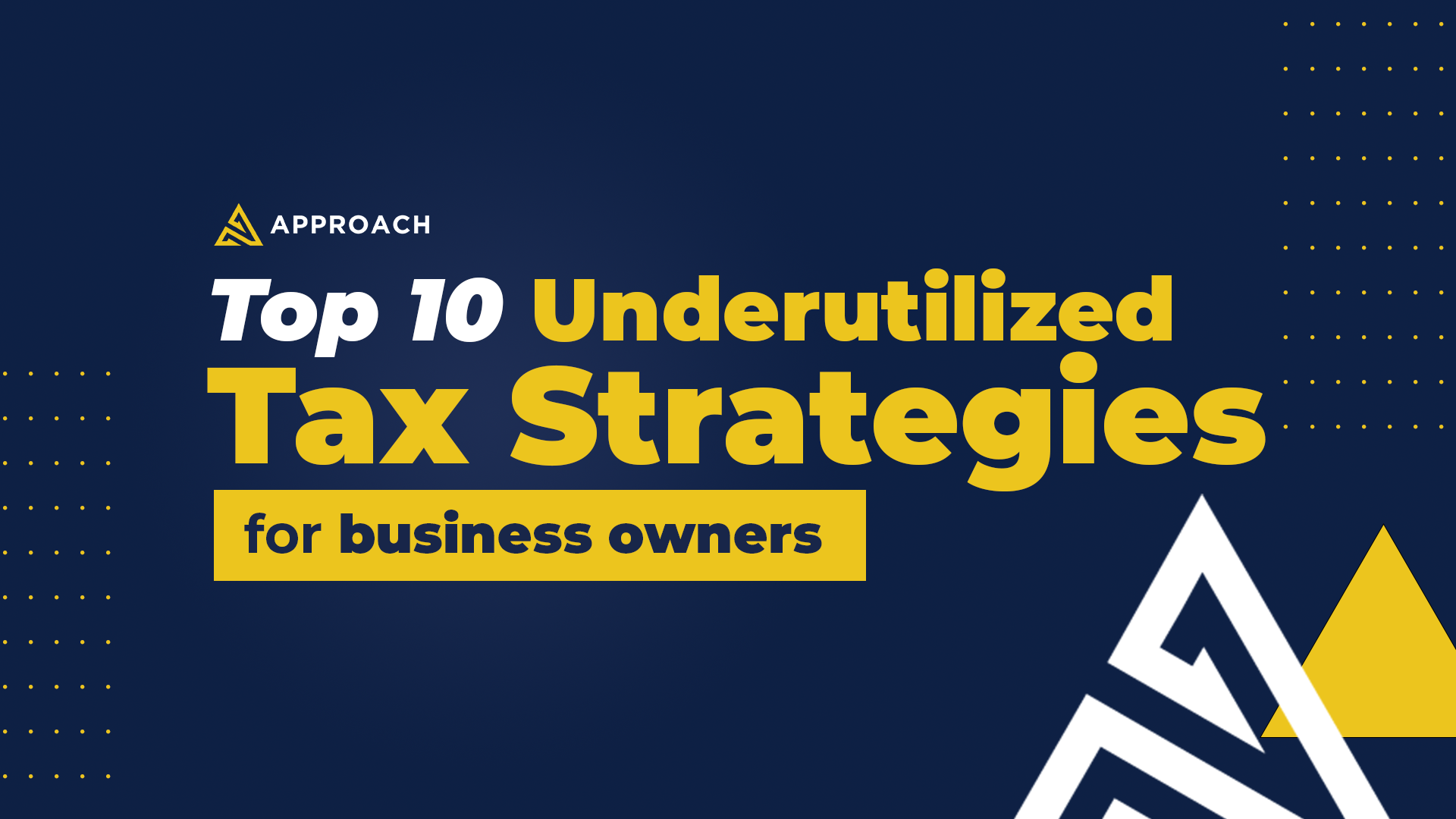Top 10 Underutilized Tax Strategies for Canadian Business Owners

If you’re a Canadian business owner, you can probably agree that Canadian business owners pay far too much in tax.
Today, I’m sharing the top 10 underutilized tax strategies that can help Canadian business owners save on taxes.
1. Set Up an Individual Pension Plan (IPP)
If you’re a business owner over 40, earning around $200,000 a year, consider setting up an Individual Pension Plan.
Think of an IPP as an RRSP on steroids – rather than just a flat contribution, an IPP allows for higher contributions that increase with age.
This can potentially defer over a million dollars of taxable income by retirement.
An IPP also offers credit protection on contributed assets and provides consistent retirement income, making it an ideal tax-saving vehicle for both owners and key staff.
2. Look at a Retirement Compensation Arrangement (RCA)
A Retirement Compensation Arrangement (RCA) is a tax-deferral tool that enables business owners or key employees to spread income over multiple years, helping to lower their tax bracket.
If you’re planning to sell your company, you could distribute income over several years before the sale, reducing your marginal tax rate and significantly decreasing the taxes you owe.
3. Write Off Wealth Management Fees
Evaluate how you’re paying for wealth management services.
Typically, wealth management fees aren’t deductible for personal accounts, but if you’re paying for financial planning services for your business, these costs may be deductible as a corporate expense.
This approach can reduce your taxable income each year.
4. Pay Yourself a Salary vs. Dividends
Consider paying yourself a salary up to the amount that maximizes your RRSP contribution room, and then using dividends for additional income.
While this approach involves covering both employer and employee CPP and EI, it provides access to additional tax-saving opportunities and improves retirement income over the long term.
5. Use Insurance
Insurance can do more than just manage risks—it’s also a tax-efficient way to manage income.
Unlike regular income, payouts from insurance products are not taxable.
This opens up opportunities to customize insurance strategies based on your situation, potentially saving significant taxes over time.
6. Allocate Investments Differently by Account
Investment income is taxed differently across account types.
If you hold the same investments across all accounts, you may be paying unnecessary taxes.
Allocating investments based on the type of account can save you money in the long term, without requiring any changes to your holdings.
7. Use Home Equity for Long-Term Investment
For long-term investors who understand the risks, using home equity for investment purposes may be worthwhile.
By borrowing against the value of your home, you can invest the funds and potentially deduct the interest from your investment income.
As with any investment strategy, speak with your accountant and advisor to fully understand both the pros and cons.
8. Set Up a Health Spending Account
Consider setting up a corporate health spending account instead of paying for healthcare out of pocket.
A corporate health spending account allows you to write off healthcare costs at the corporate level, providing a tax-efficient way to cover medical expenses without paying personal taxes on these costs.
9. Consider a Family Trust
A family trust may still offer tax advantages in certain situations.
If family members in a lower tax bracket are part of the trust, income can be distributed to them and taxed at their lower rate, providing potential savings for the entire family.
10. Take Advantage of a Spousal Loan
If your spouse earns less than you, setting up a spousal loan can help balance your tax brackets.
You can lend funds to your spouse for investment purposes, and they can pay you interest, which they can write off against their income.
This strategy provides long-term tax savings for your family.
Are You Paying Too Much Tax?
If you think you’re paying too much in taxes, or want to find out if any of these strategies apply to you, call us or book online to schedule a free tax strategy review.
We look forward to meeting with you.

Your first step is a free consultation call to see if we’re a good fit to work together. Click the button to set up a time I’m looking forward to meeting you!
